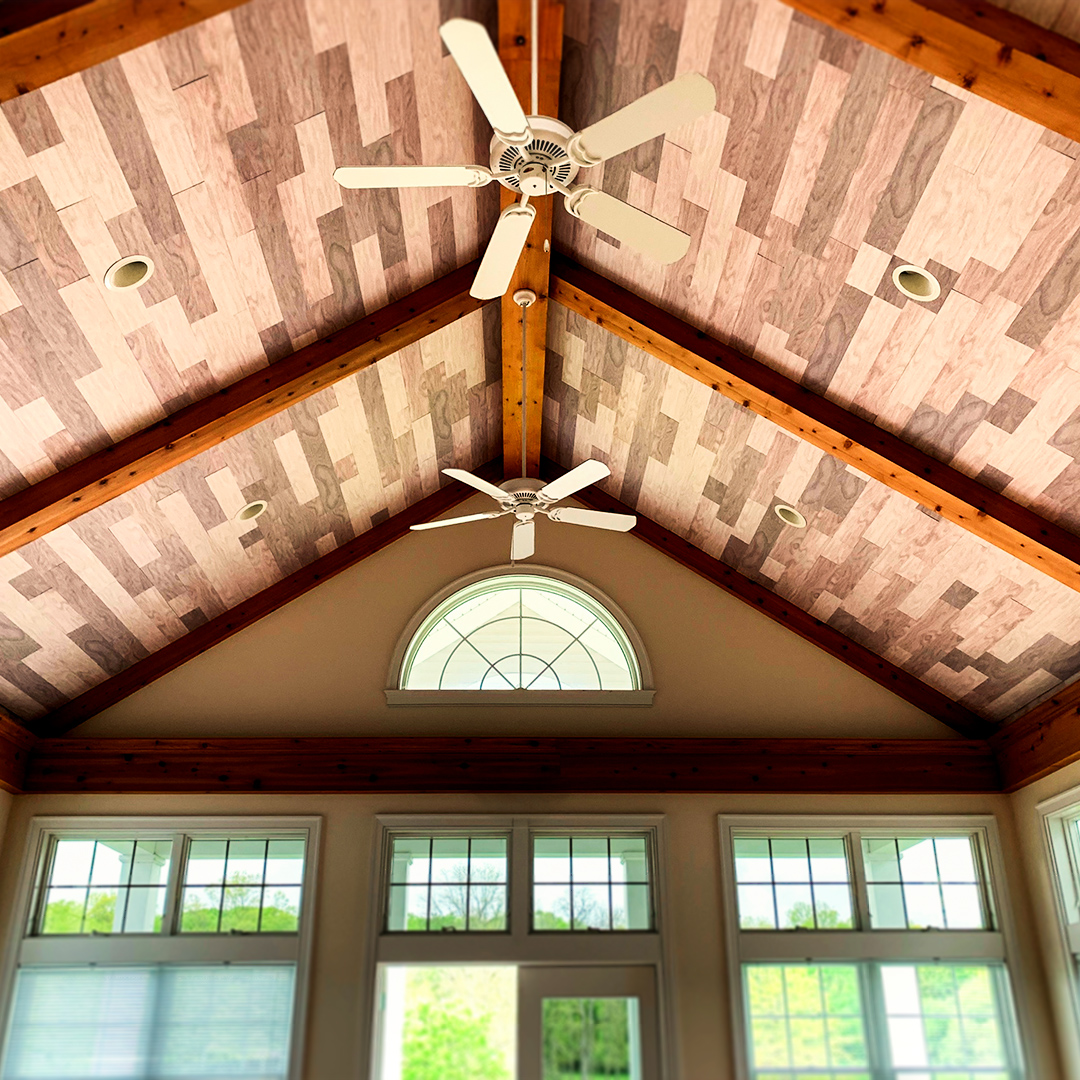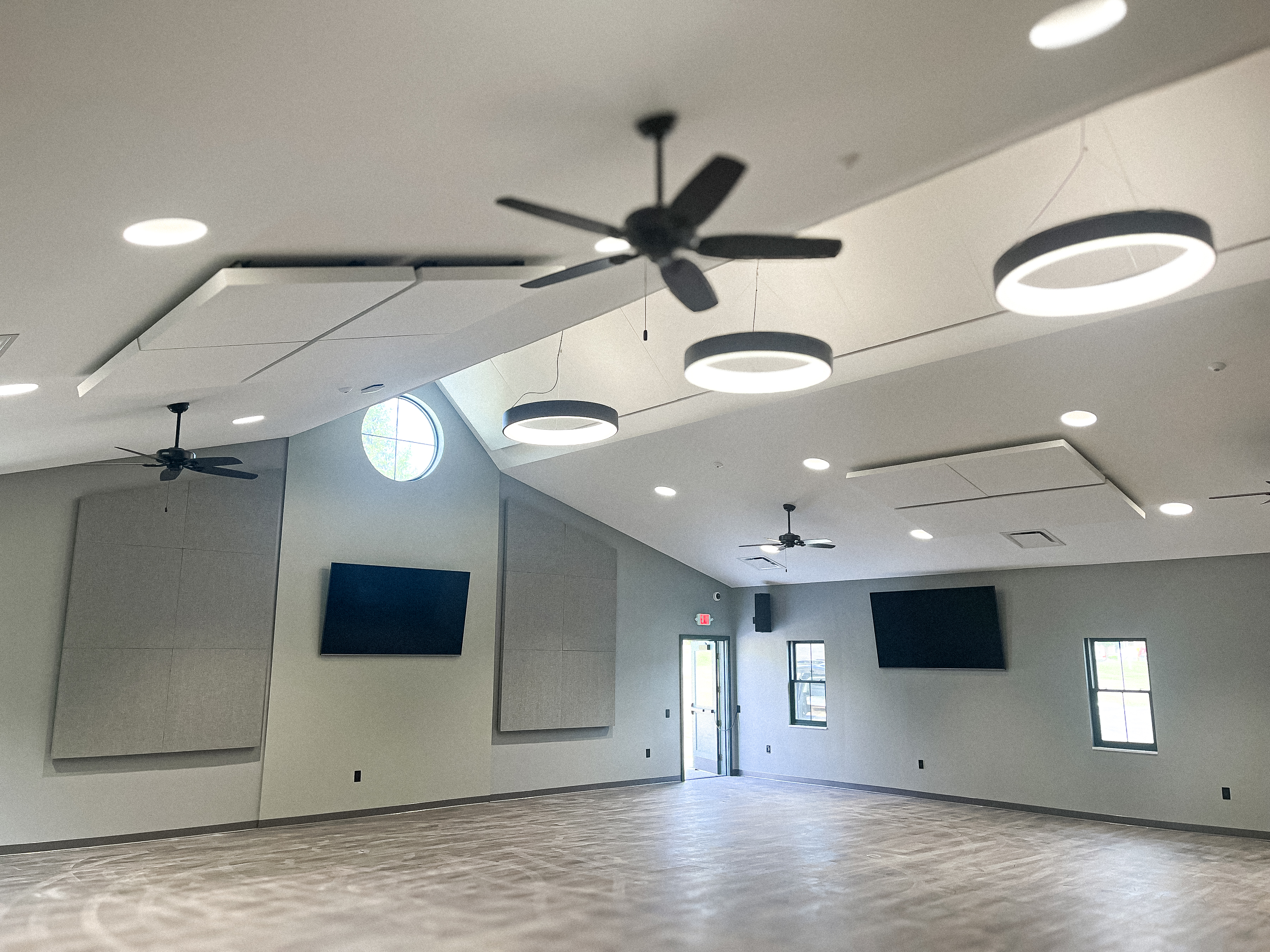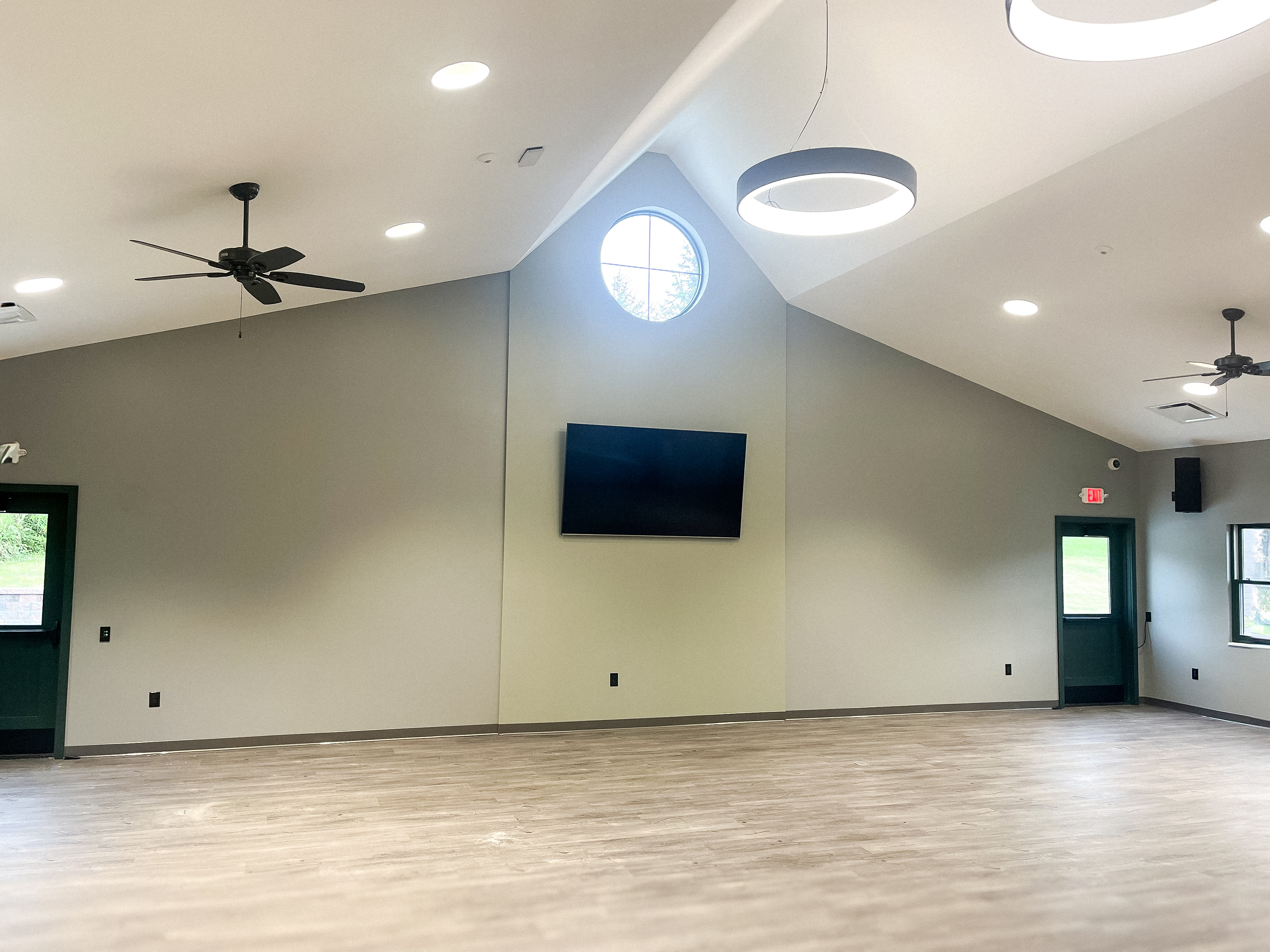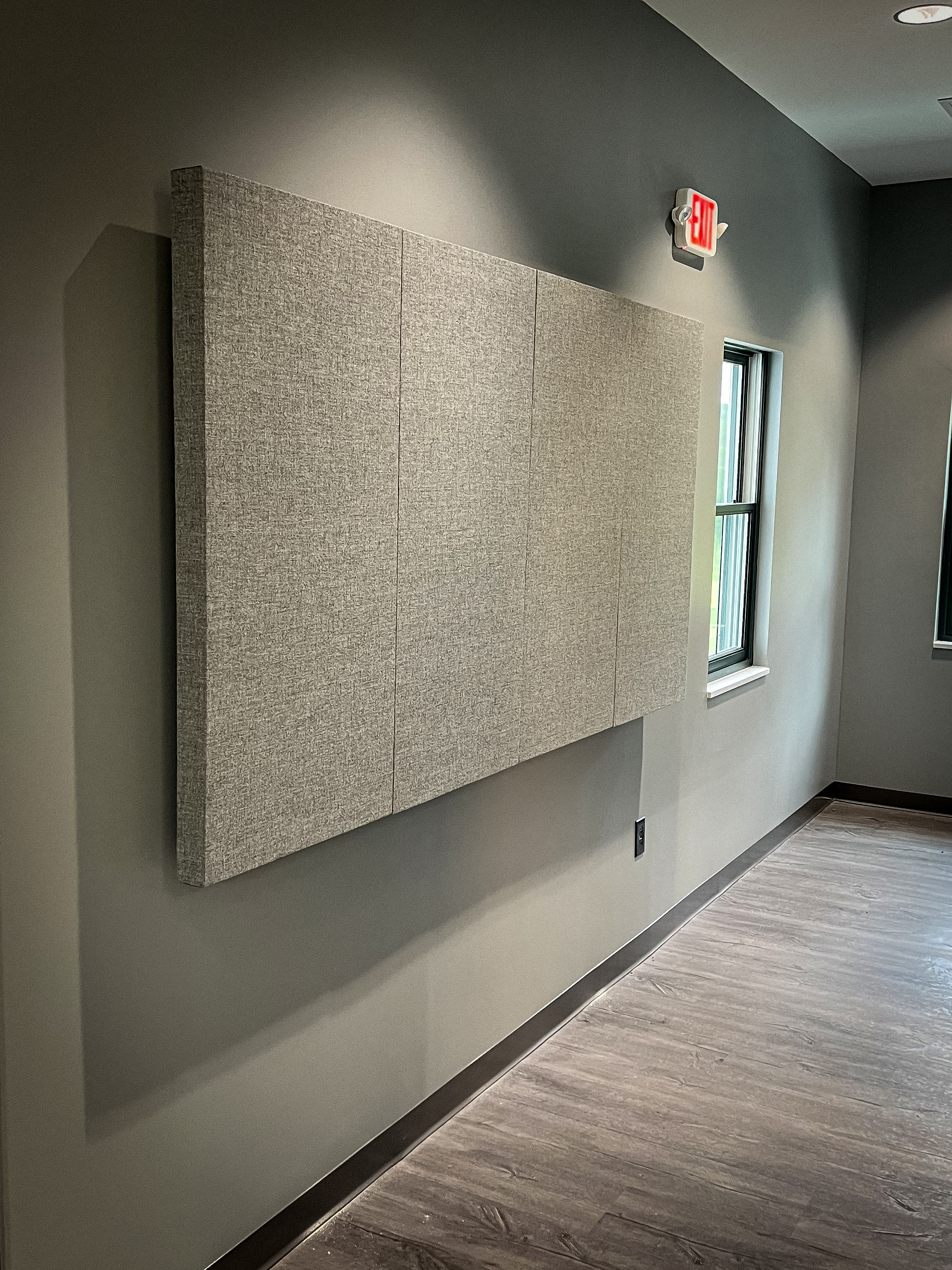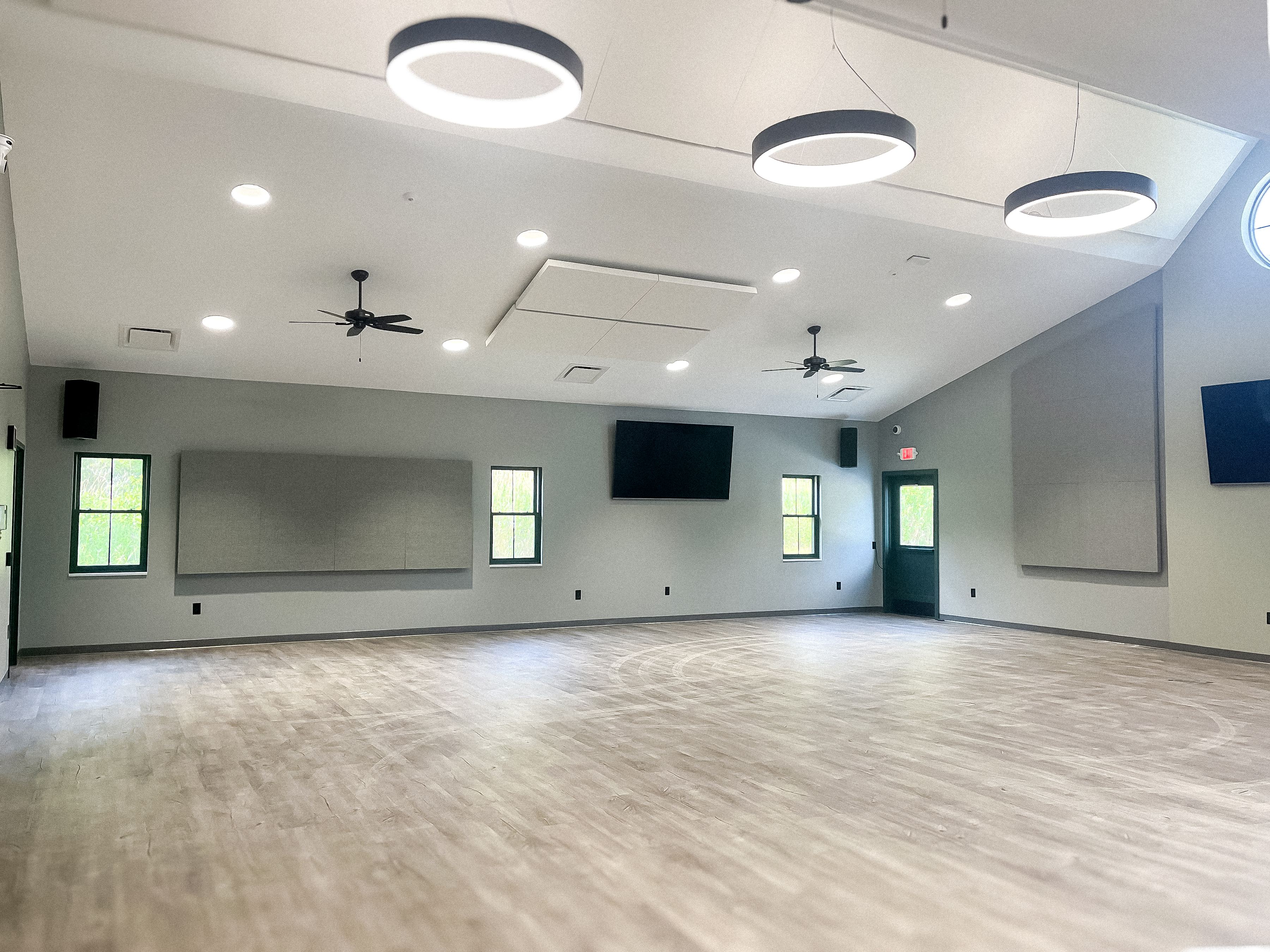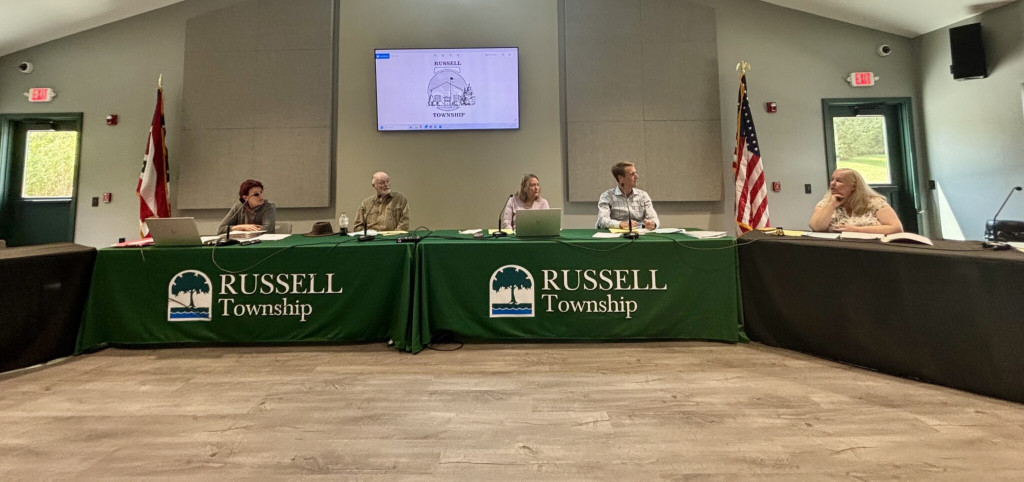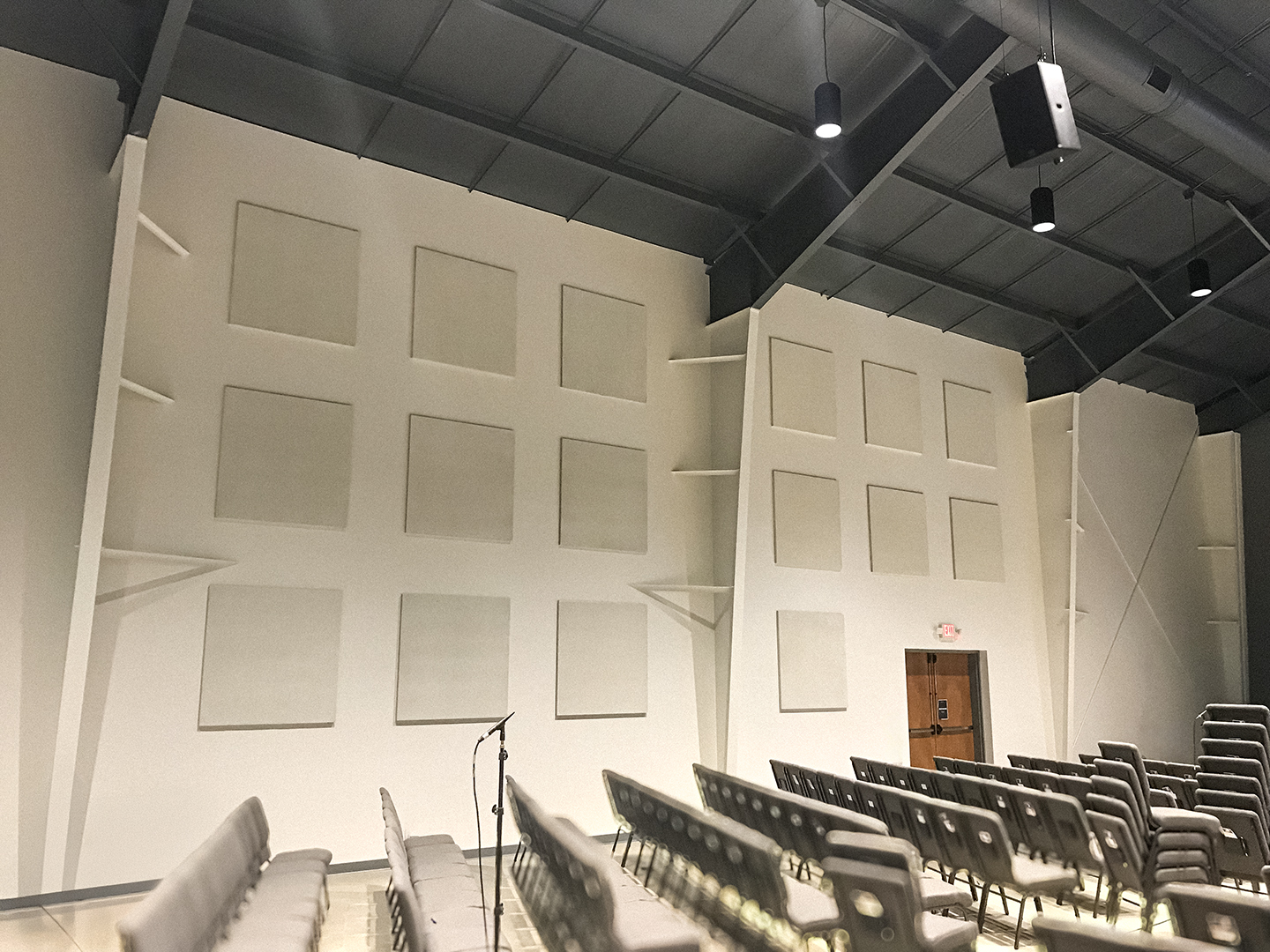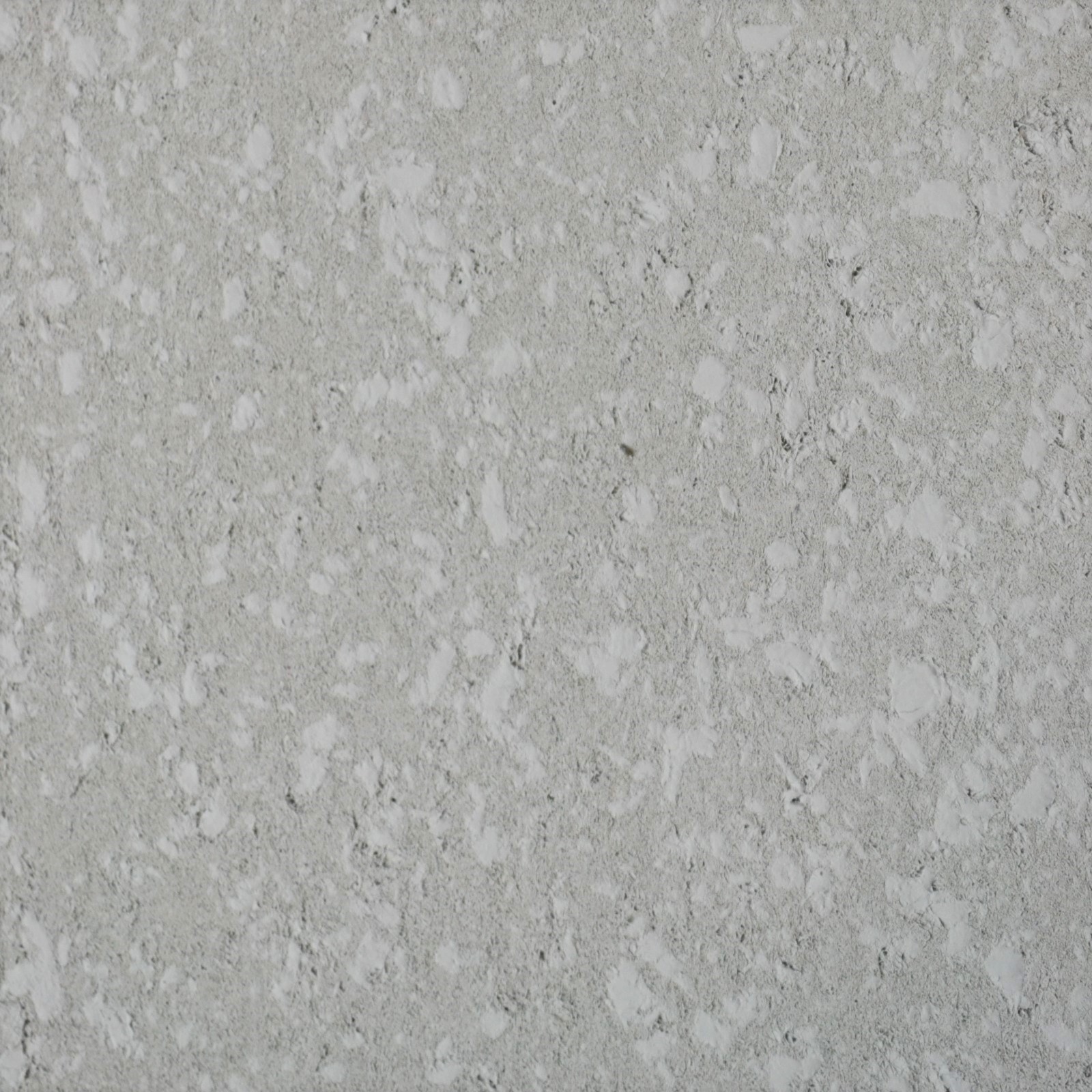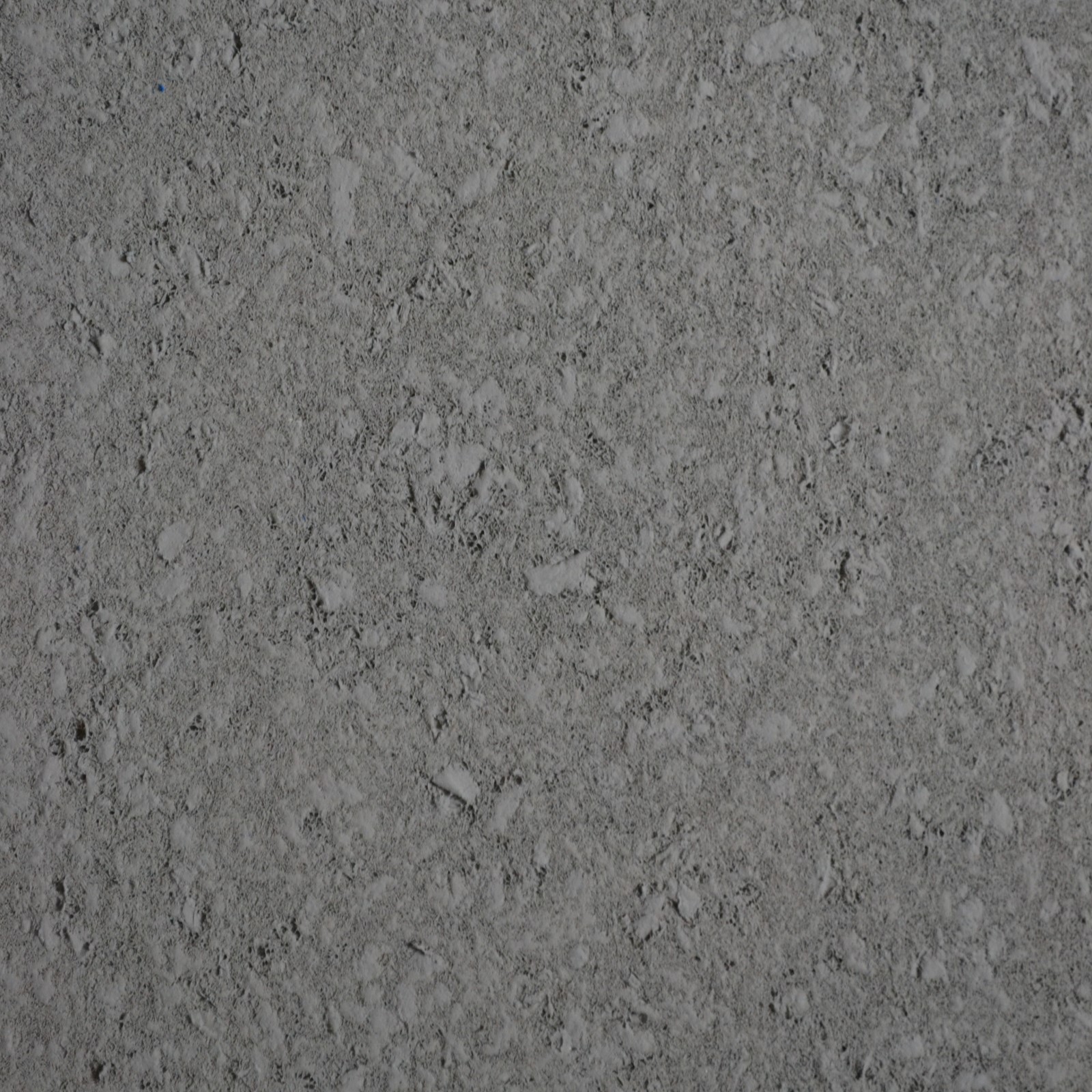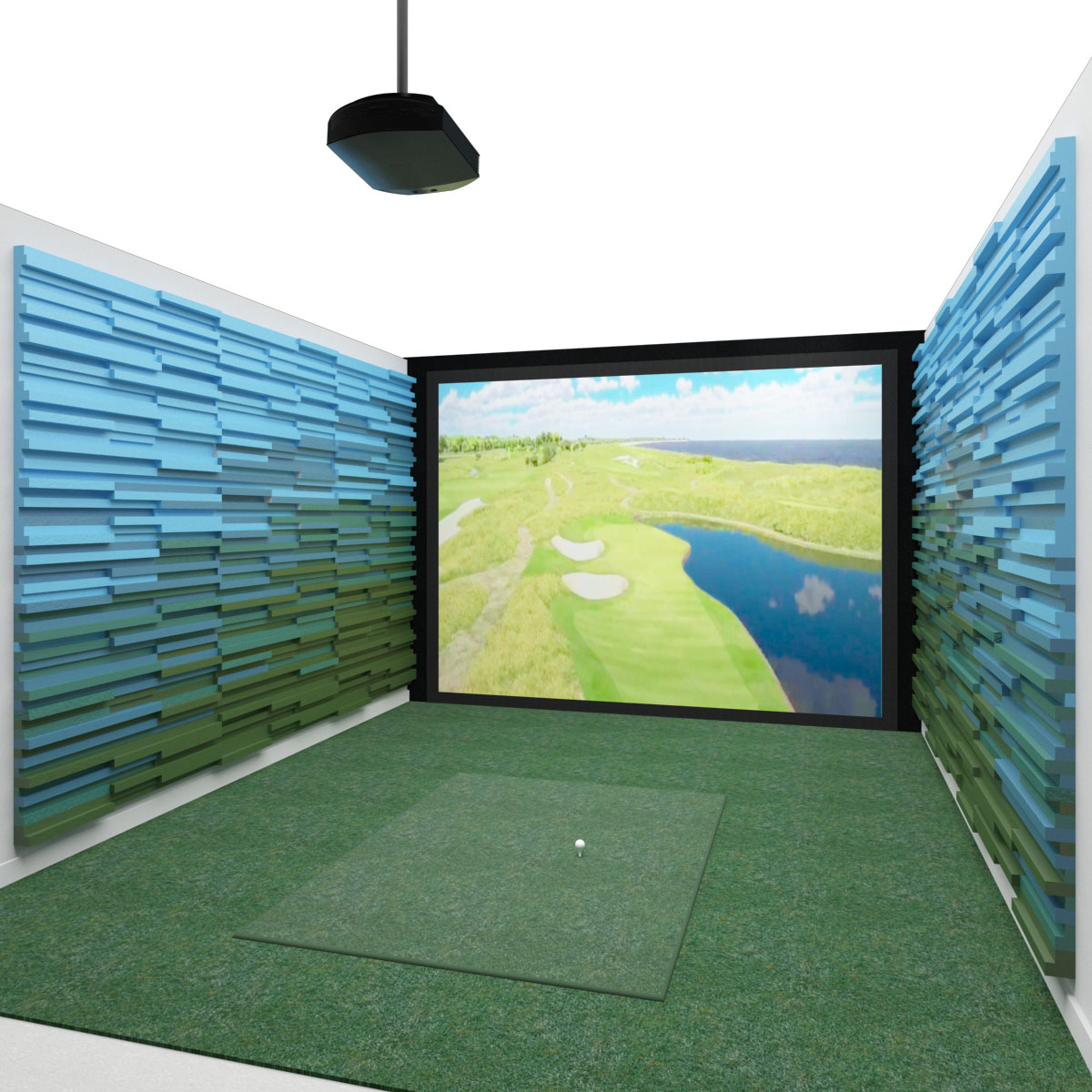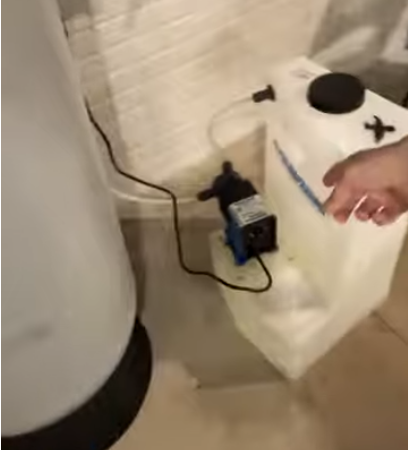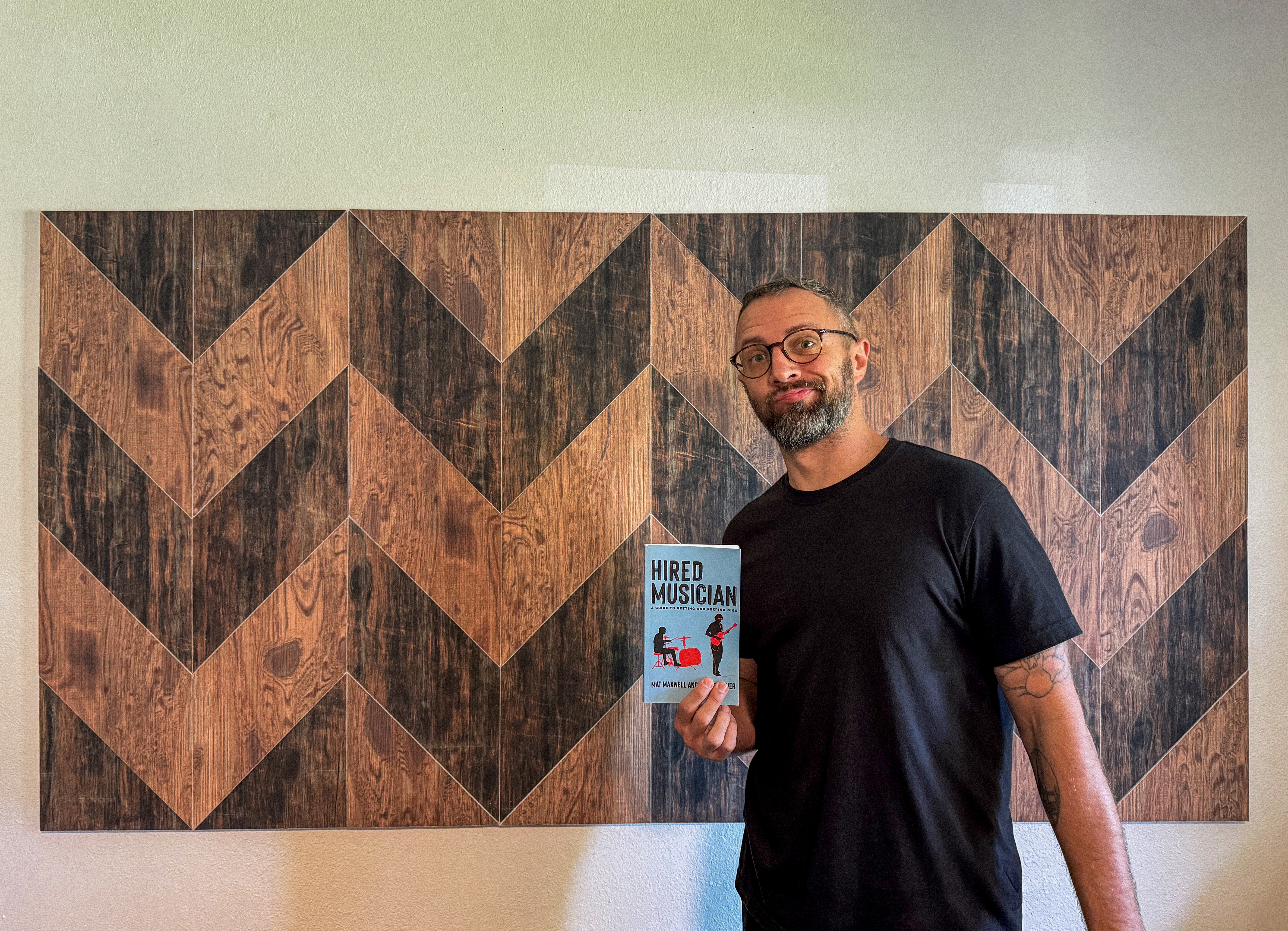AcoustiWood®: The Acoustic Wood Wall Panel Without the Wood
- Sep 11, 2025
Wood has long been one of the go-to materials for design and home decor due to its durability, its stunning aesthetics, and its versatility. So it only makes sense that wood has also become a popular option in acoustic panels and other sound management solutions.
But the type of wood matters:
- Softwoods like pine, cedar, fir, and spruce are excellent for sound absorption due to their lower density and more open cell structure.
- Hardwoods such as oak and maple, on the other hand, are more dense and therefore more likely to reflect sound. It's why rooms with hardwood floors are more susceptible to echoes and reverberations.
There are no shortage of acoustic wood panels on the market, with wooden slat panels (typically featuring wooden slats mounted on a sound-absorbing panel) particularly popular. Wooden slats themselves have both sound-absorbing (where the wood soaks up sound waves instead of reflecting them back) and sound-diffusing (where the sound waves are broken up and reflected back as smaller, weaker pieces of energy) properties.
Here at Audimute, we love the look of wood as much as anyone, but we wanted to take a more eco-friendly approach to "acoustic wood panels." So we launched our AcoustiWood® line of sound absorption products. AcoustiWood has all the aesthetics of real wood, but is instead made with high-quality graphics printed on acoustical fabric that's then wrapped around our 100% recycled sound absorption material, eco-C-tex®. It's the acoustic wood wall panel without the wood.
Here's why we love AcoustiWood:
1. It's Effective
Thanks to its eco-C-tex core, our AcoustiWood panels have NRC ratings of .95, meaning they absorb an average of 95% of echoes, reverberations, and mid to high frequencies.
2. It's Beautiful
There's just nothing like the look of wood. Elegant, warm, and timeless, it connects us to the natural world while also projecting an image of strength and stability. Audimute offers AcoustiWood in more than 75 different cover material styles, including Chestnut, Brown Walnut, Red Mahogany, Aged Teak, Cerused Oak, and Earthy Birch.
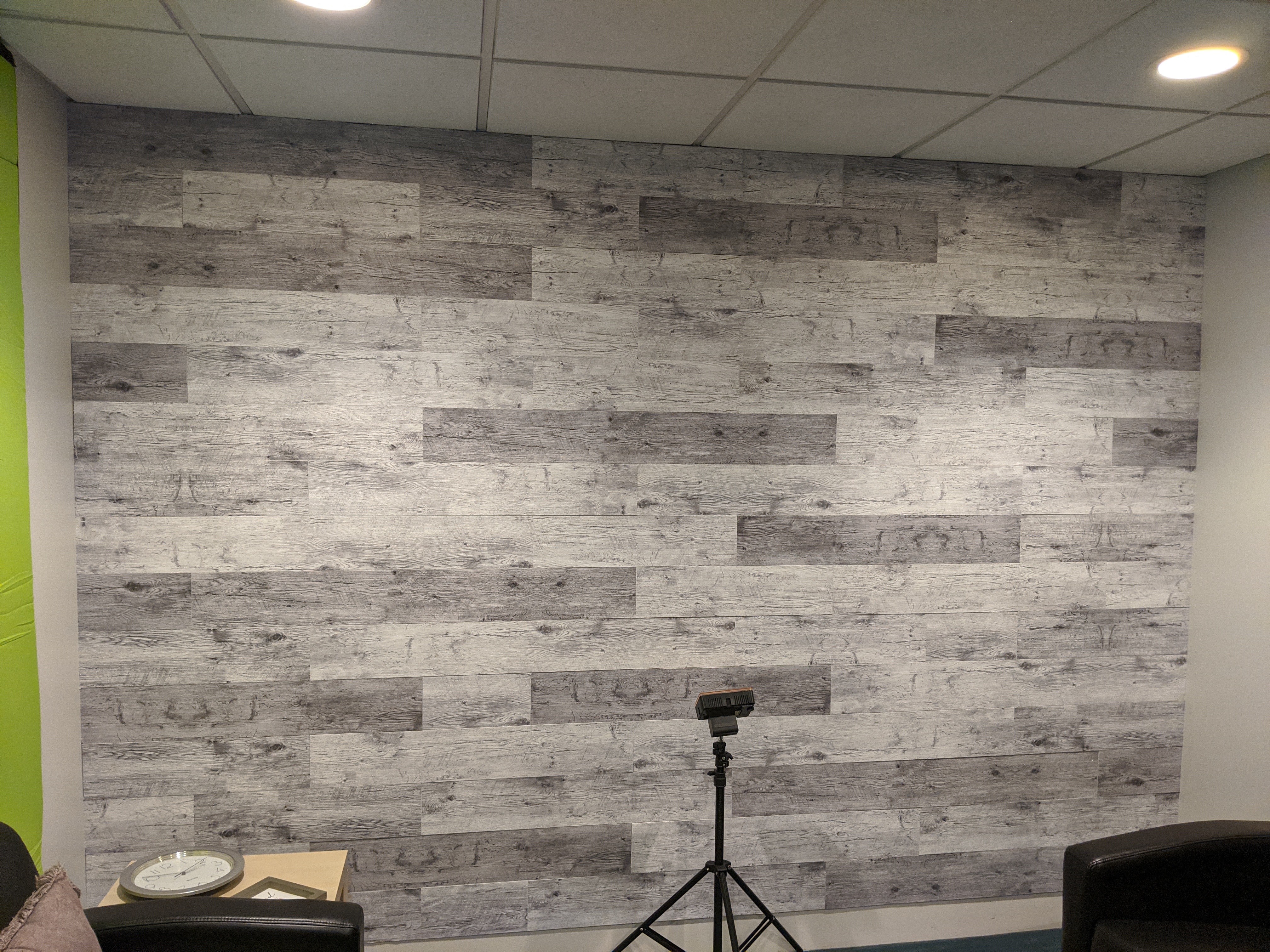
3. It's Durable
Our AcoustiWood acoustic wall panels are Class A Fire-Rated (ASTM E-84). It's the highest rating under the ASTM standard and means it has minimal flame spread and low smoke production.
4. It's Versatile
From home to office and Old World extravagance to New Age minimalism, AcoustiWood, like real wood, visually fits in with any and all environments and design styles.
5. It's Eco-Friendly
Each AcoustiWood product is made with our eco-C-tex sound absorption material. Eco-c-tex is made of a blend of recycled cotton and cellulose fibers, the majority of which are post-consumer recycled newspaper. On top of that, making eco-C-tex takes 1/10th the energy of making fiberglass and 1/40th of making foam (two other materials popular for sound absorption solutions).
You shouldn't have to compromise on aesthetics when you're looking for great acoustics! AcoustiWood, along with other Audimute options like AcoustiStone® and AcoustiColor®, is proof of that.